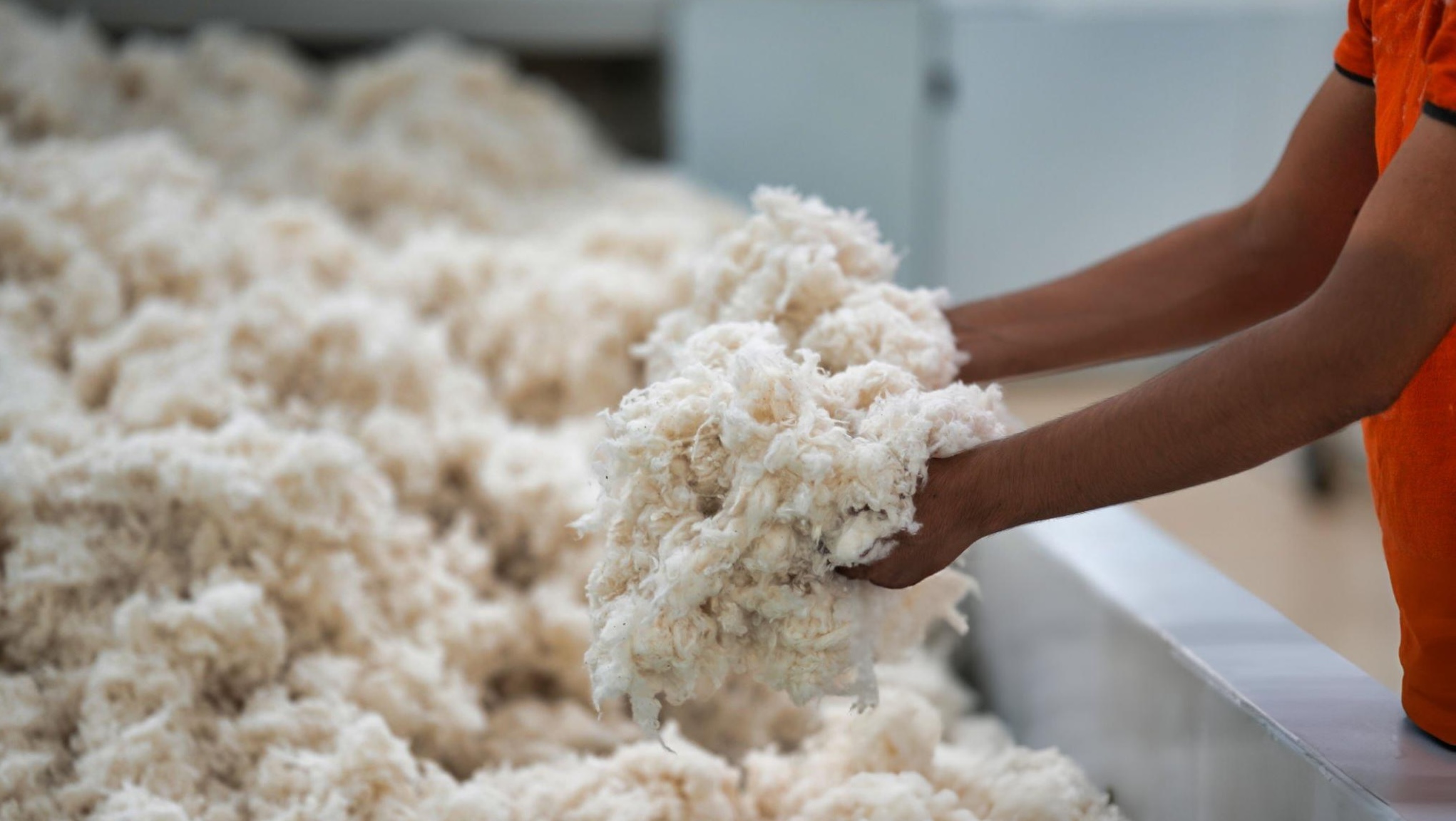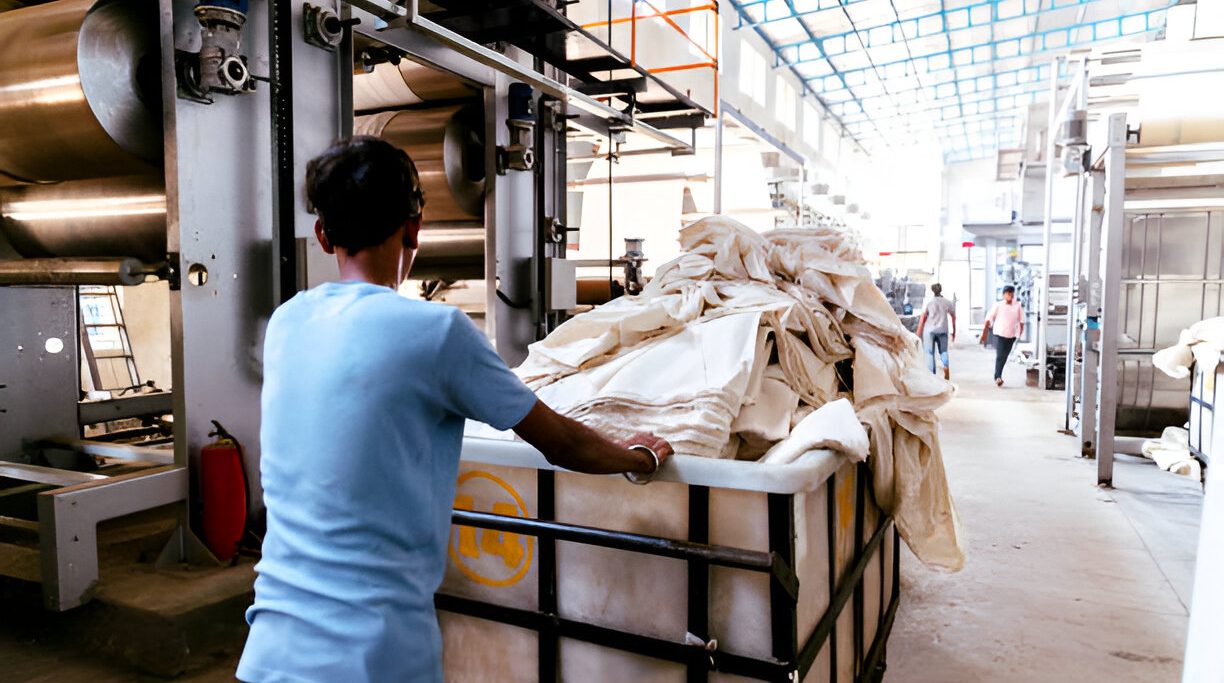As the fashion and textile industries face increasing scrutiny for their environmental impact, sustainable textiles have emerged as a crucial focus for innovation and development. Consumers and companies alike are becoming more conscious of the need for eco-friendly fabric production, which reduces environmental harm and promotes ethical practices. This shift towards sustainability is not just a trend but a necessary evolution in how textiles are produced and consumed. In this blog, we’ll explore what sustainable textiles are, the technologies driving their development, and how they are shaping the future of fabric production.
What Are Sustainable Textiles?
Sustainable textiles are fabrics produced in ways that minimize environmental impact, conserve resources, and promote ethical labor practices. These textiles are often made from organic or recycled materials and processed using methods that reduce waste, energy consumption, and water usage. The goal of sustainable textile production is to create fabrics that are both high-quality and environmentally friendly, contributing to a circular economy where materials are reused and recycled rather than discarded.
Key Characteristics of Sustainable Textiles
1. Eco-Friendly Materials: Sustainable textiles are often made from natural fibers like organic cotton, hemp, and bamboo, which are grown without harmful pesticides or synthetic fertilizers. Additionally, recycled materials like polyester made from post-consumer plastic bottles are increasingly popular in sustainable fabric production.
2. Low-Impact Dyes and Finishes: Traditional textile dyeing processes are notorious for their environmental impact, often involving toxic chemicals and significant water usage. Sustainable textiles, however, use low-impact dyes taken from vegetables or plants wastes and finishes that are free from harmful substances and require less water and energy.
3. Ethical Production Practices: Sustainability in textiles isn’t just about materials; it also involves ethical labor practices. Sustainable textile production ensures fair wages, safe working conditions, and respect for workers’ rights throughout the supply chain.
4. Resource Efficiency: Sustainable textiles are produced with a focus on reducing waste and conserving resources. This includes using water and energy efficiently, minimizing emissions, and reducing the overall carbon footprint of textile production.
The Importance of Sustainable Textiles
The global textile industry is one of the most resource-intensive industries, with significant environmental and social impacts. Conventional textile production is responsible for large amounts of water pollution, greenhouse gas emissions, and waste. As awareness of these issues grows, the demand for sustainable textiles is increasing.
Environmental Impact
Traditional textile production is associated with a range of environmental problems, including:
– Water Pollution: Textile dyeing and finishing processes often release toxic chemicals into water bodies, harming aquatic life and contaminating drinking water sources.
– High Water Usage: Cotton, a staple in the textile industry, is a water-intensive crop. Producing just one cotton T-shirt can require over 2,700 liters of water.
– Greenhouse Gas Emissions: The production of synthetic fibers like polyester is energy-intensive and contributes to significant greenhouse gas emissions.
– Waste: The fashion industry’s fast-paced production cycles result in large amounts of textile waste, much of which ends up in landfills.
Sustainable textiles address these issues by using less harmful materials, reducing water and energy consumption, and promoting recycling and reuse.
Social Impact
Sustainable textiles also play a crucial role in promoting ethical labor practices. The fashion industry has long been plagued by issues such as child labor, poor working conditions, and unfair wages. By focusing on fair trade and ethical production, sustainable textiles help ensure that workers are treated with dignity and respect.
Innovations in Sustainable Textile Production
The push for sustainability has led to numerous innovations in textile production, ranging from new materials to advanced manufacturing processes.
1. Organic and Regenerative Agriculture
Organic farming practices eliminate the use of synthetic pesticides and fertilizers, reducing soil and water pollution. Beyond organic, regenerative agriculture is gaining traction as a way to restore and enhance the health of ecosystems. Regenerative practices include crop rotation, cover cropping, and reduced tillage, which improve soil health and sequester carbon.
2. Recycled Materials
Recycling is a cornerstone of sustainable textile production. Recycled polyester, often made from plastic bottles, is one of the most common recycled fibers. Additionally, recycled cotton, wool, and other natural fibers are being used to create high-quality fabrics that reduce the demand for virgin materials.
3. Bio-Based and Biodegradable Fibers
Bio-based fibers, such as those made from plant or animal sources, are a growing area of interest in sustainable textiles. These fibers are renewable and often biodegradable, meaning they can break down naturally without harming the environment. Examples include Tencel (made from wood pulp) and Piñatex (made from pineapple leaf fibers).
4. Waterless Dyeing Technologies
Traditional dyeing processes use large amounts of water and chemicals. Waterless dyeing technologies, such as those using supercritical CO2, eliminate the need for water and significantly reduce the use of chemicals. This innovation not only conserves water but also prevents water pollution.
5. Closed-Loop Production Systems
In a closed-loop system, waste from the production process is collected, treated, and reused. For example, in the production of Tencel, solvents used in the manufacturing process are almost entirely recovered and recycled, reducing environmental impact.
The Role of Consumers in Promoting Sustainable Textiles
Consumers play a vital role in the shift toward sustainable textiles. By choosing products made from eco-friendly materials and supporting brands committed to ethical practices, consumers can drive demand for sustainable textiles. Additionally, adopting a more mindful approach to fashion—such as buying fewer, higher-quality items, or participating in clothing recycling programs—can further reduce the environmental impact of textiles.
The Future of Sustainable Textiles
The future of sustainable textiles looks promising, with continued innovation and growing consumer awareness driving positive change. As more brands and manufacturers embrace sustainability, we can expect to see an increasing variety of eco-friendly fabrics available on the market.
1. Increased Use of Alternative Fibers
The development of new, sustainable fibers will continue to expand the range of eco-friendly textiles. Innovations such as lab-grown leather, mushroom-based materials, and algae-derived fabrics are just the beginning of what’s possible.
2. Advancements in Recycling Technology
As recycling technology improves, the textile industry will be able to recycle more types of fabrics and materials. This will help reduce waste and create a more circular economy in the fashion and textile industries.
3. Greater Transparency and Traceability
Consumers are demanding greater transparency about where and how their clothes are made. In response, brands are adopting blockchain and other technologies to provide detailed information about the origins of their textiles and the production processes used.
4. Collaborative Efforts for Industry-Wide Change
Industry-wide collaboration will be key to advancing sustainable textiles. Initiatives like the Sustainable Apparel Coalition and the Better Cotton Initiative bring together brands, manufacturers, and NGOs to promote sustainable practices across the textile supply chain.
Sustainable textiles are not just a trend—they are the future of fabric production. As the textile industry continues to evolve, the focus on sustainability will become increasingly important. By embracing eco-friendly materials, innovative production techniques, and ethical practices, the textile industry can reduce its environmental impact and contribute to a more sustainable future. For consumers, making conscious choices about the textiles they buy and use is a powerful way to support this shift and ensure a healthier planet for future generations.



